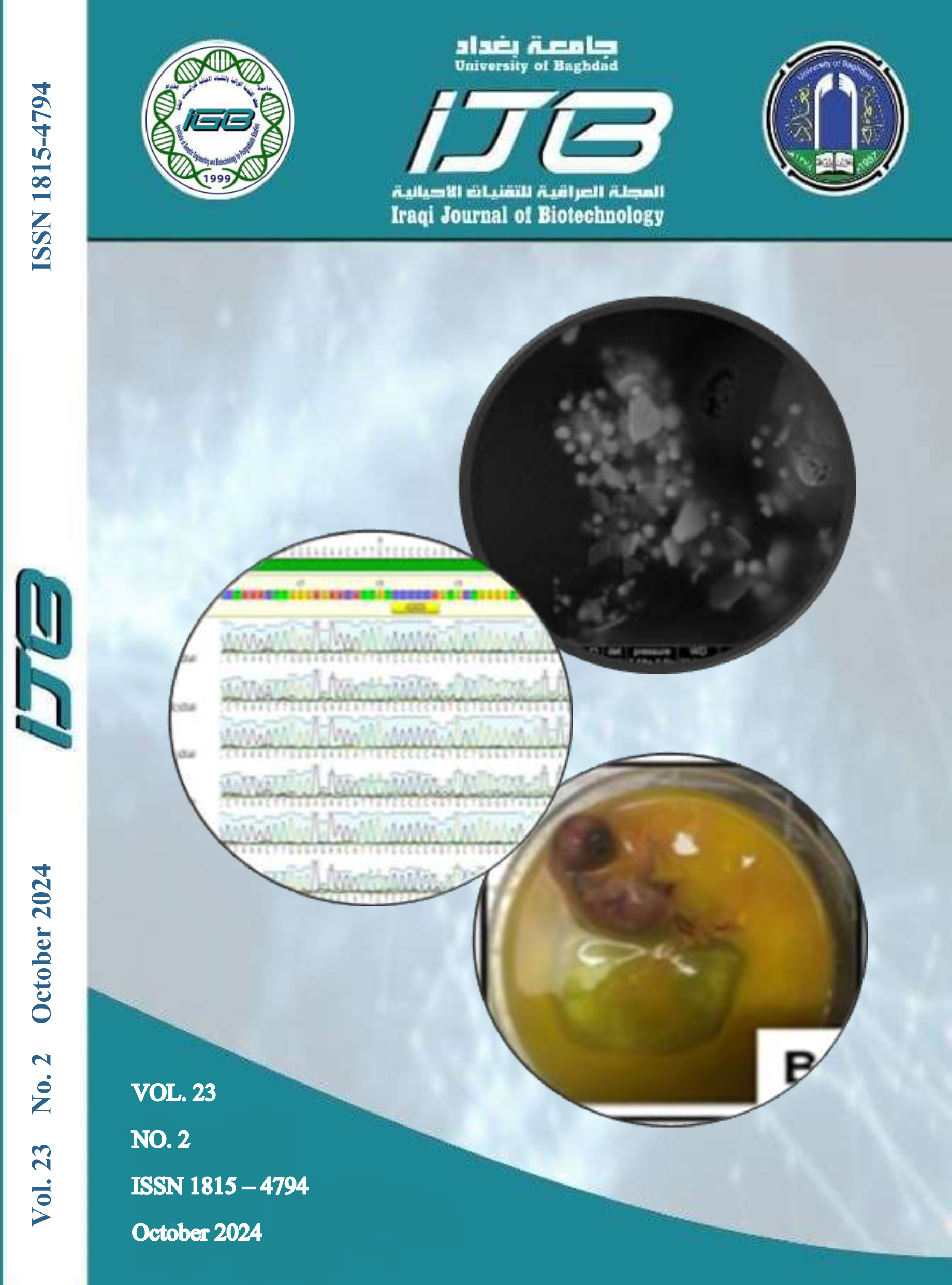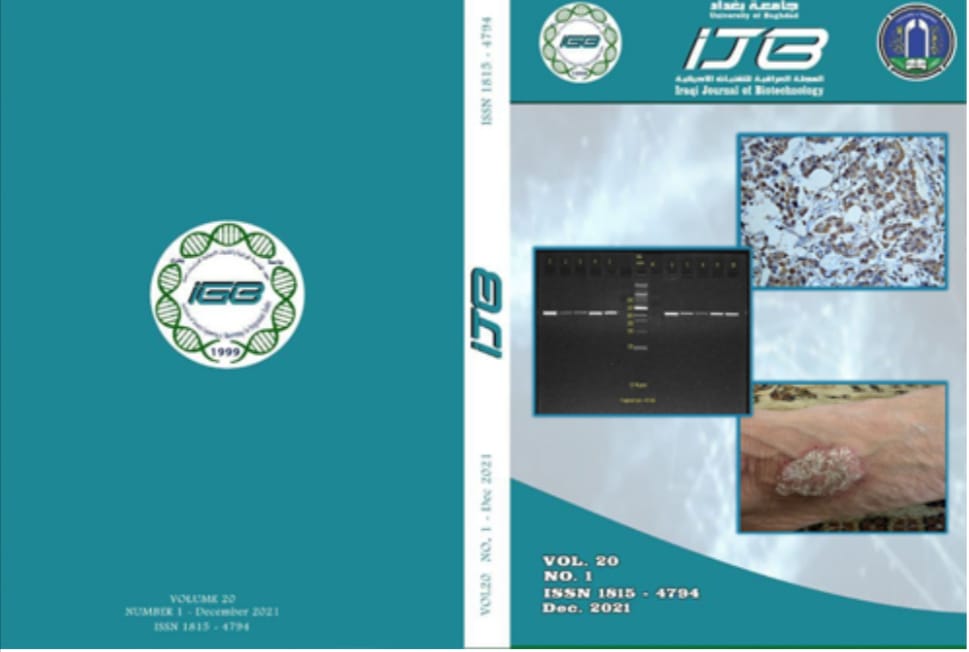Isolation and Identification of Staphylococcus aureus from Iraqi Patient with Atopic Dermatitis in Baghdad Hospitals
Abstract
Atopic dermatitis (AD) is one of the most chronic skin diseases that designated that redness, irritation and sever lesion. S. aureus has been tandemly detected in those lesions. The goal of the study was to characterize the aerobic and anaerobic microbiology of AD that had been secondary infected. Swab samples have been collected from patients diagnosed with AD. Specimens were examined microscopically and aerobically during cultivation using suitable culture media. The antibiotic susceptibility and the diagnosis of the bacterial isolates were confirmed using the VITEK 2 system. The results were interpreted according to the Clinical and Laboratory Standards Institute (CLSI) guidelines for 2020. The PCR technique was applied to characterize the Methicillin-resistant Staphylococcus aureus (MRSA) pathogen and determine the prevalence of its most important virulence genes, including 16S rRNA and the SPA gene. Eight different bacterial strains were tested from 200 AD patient swaps; all bacterial types isolated from eczematous lesions and nearly healthy areas were considered 80% S. aureus isolates and 20% other strains from eczematous lesions, while 40% S. aureus isolates and 60% other bacteria from nearly healthy areas. It was concluded all isolated S. aureus showed high resistance to the B-lactam group but showed variable susceptibility to other antibacterials used.


